2017 | Site-specific installation with various objects | Installation dimensions: variable | Photos: Old Pereira House, Corjuem
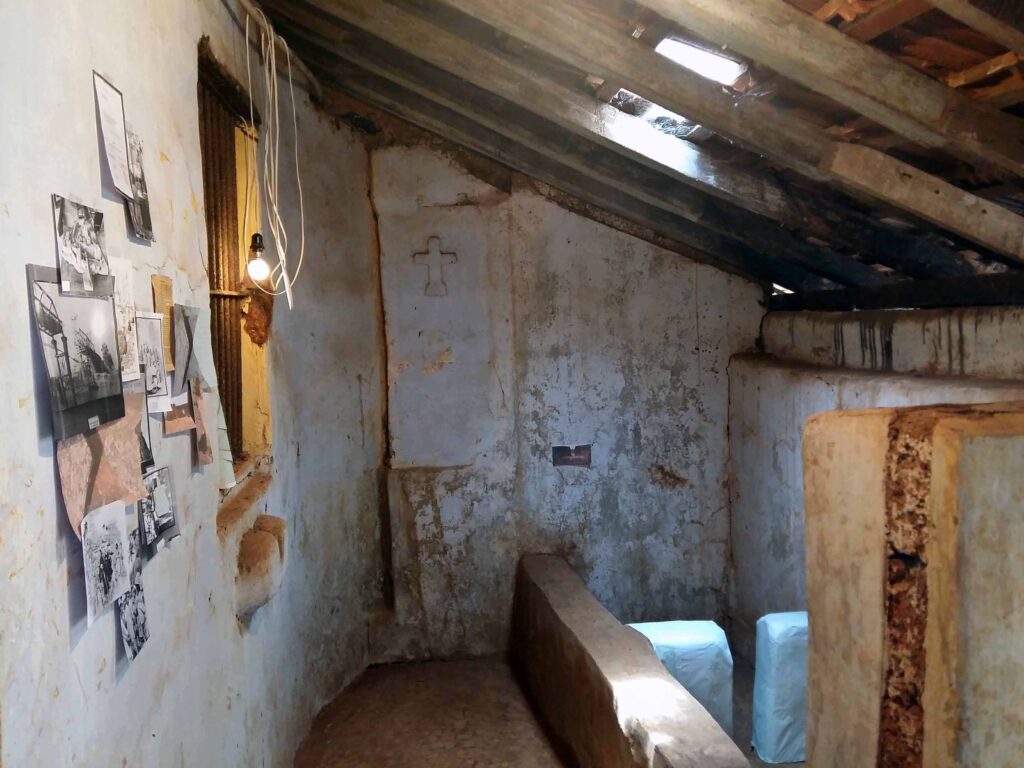
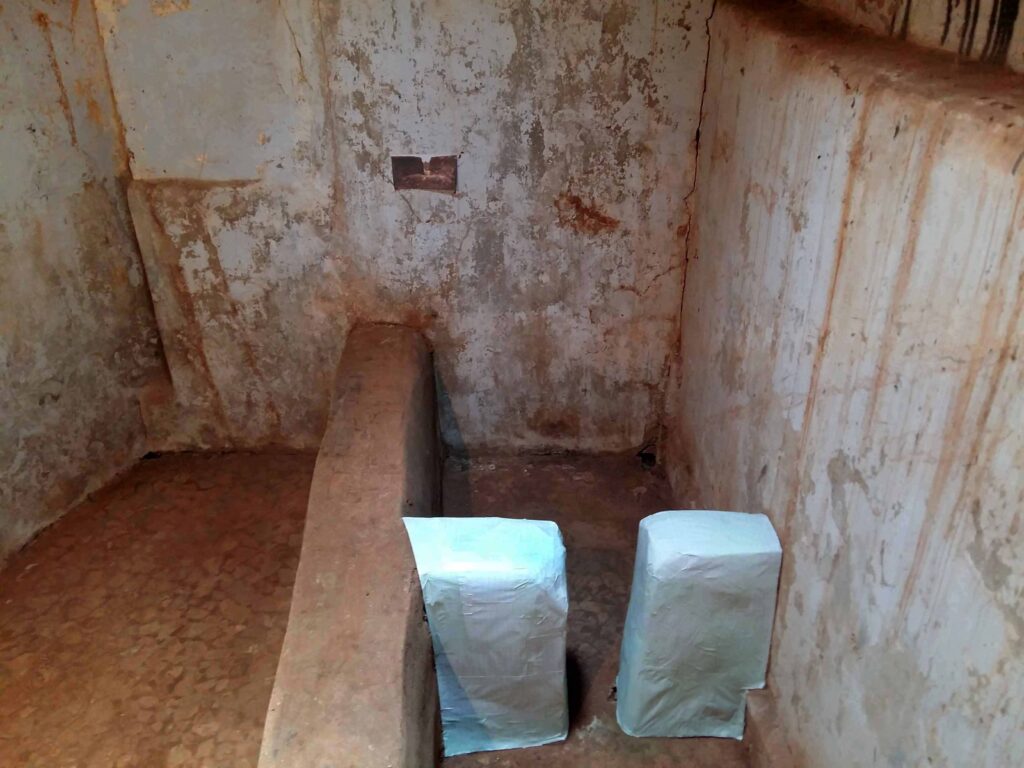
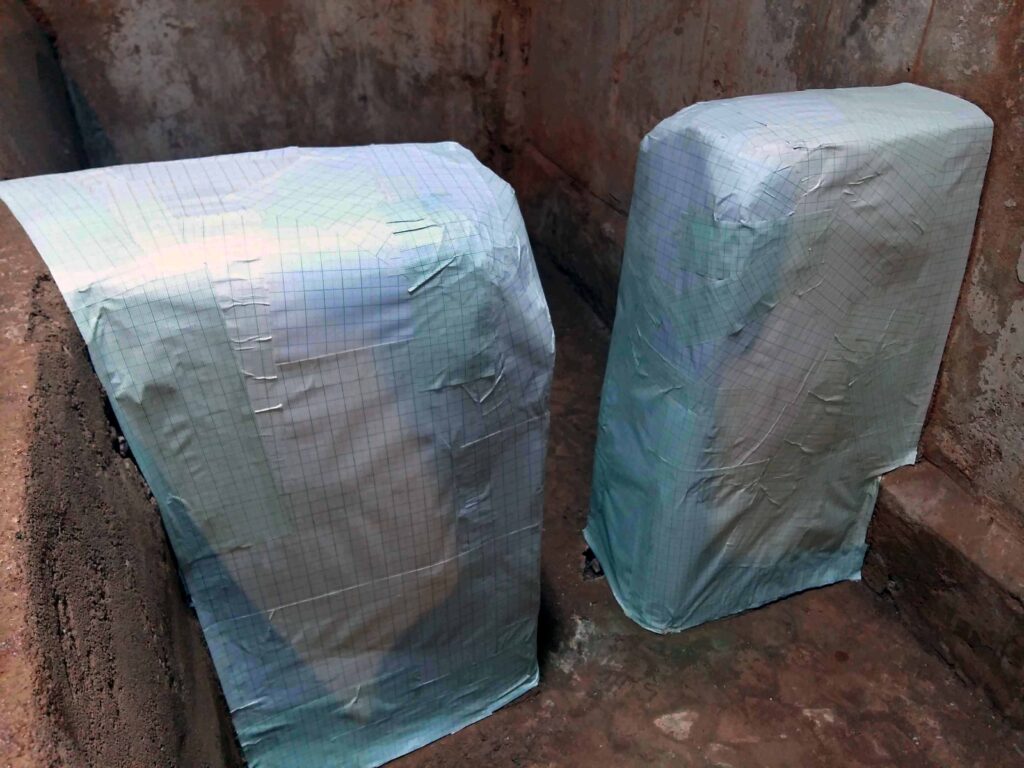
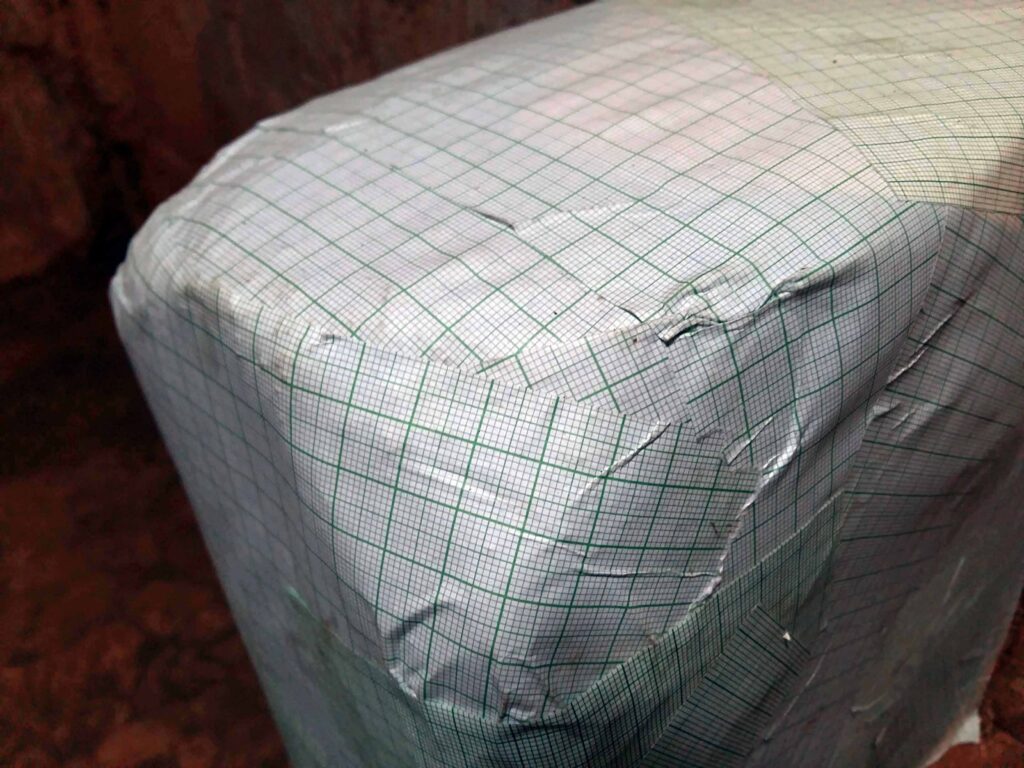
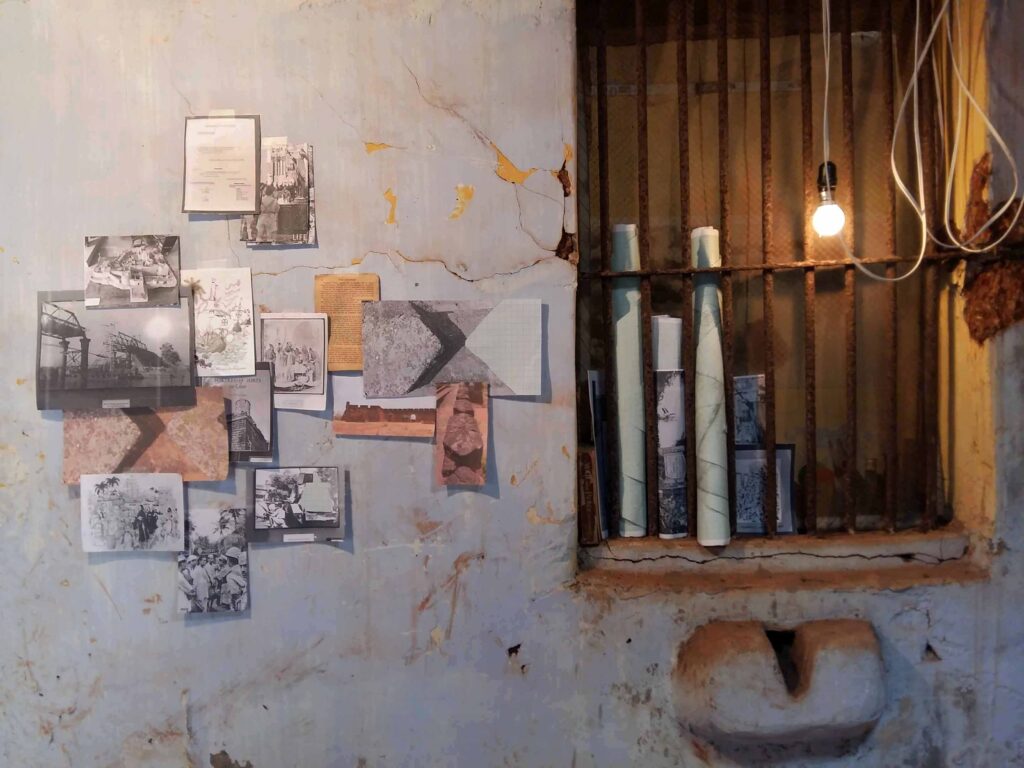
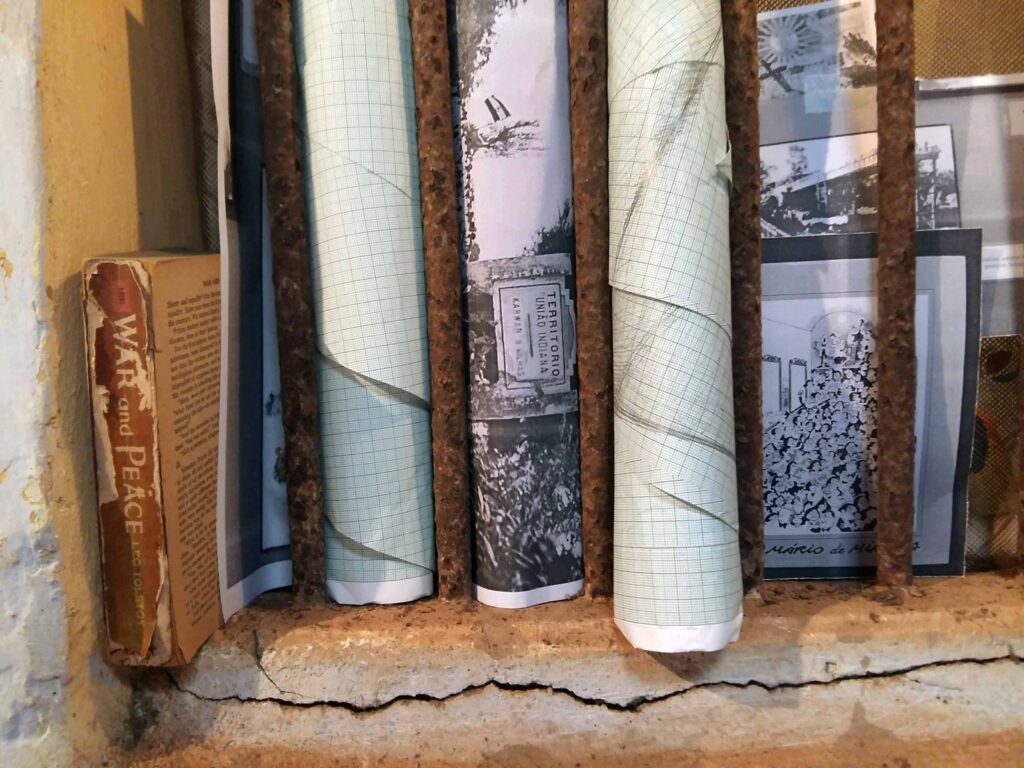
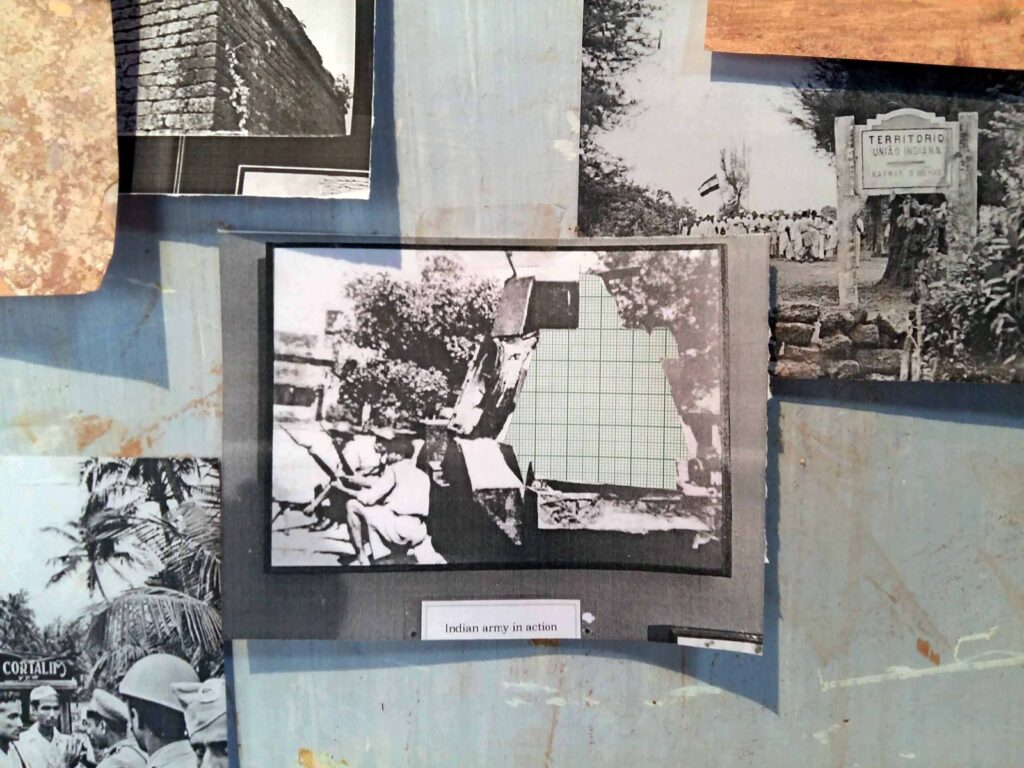
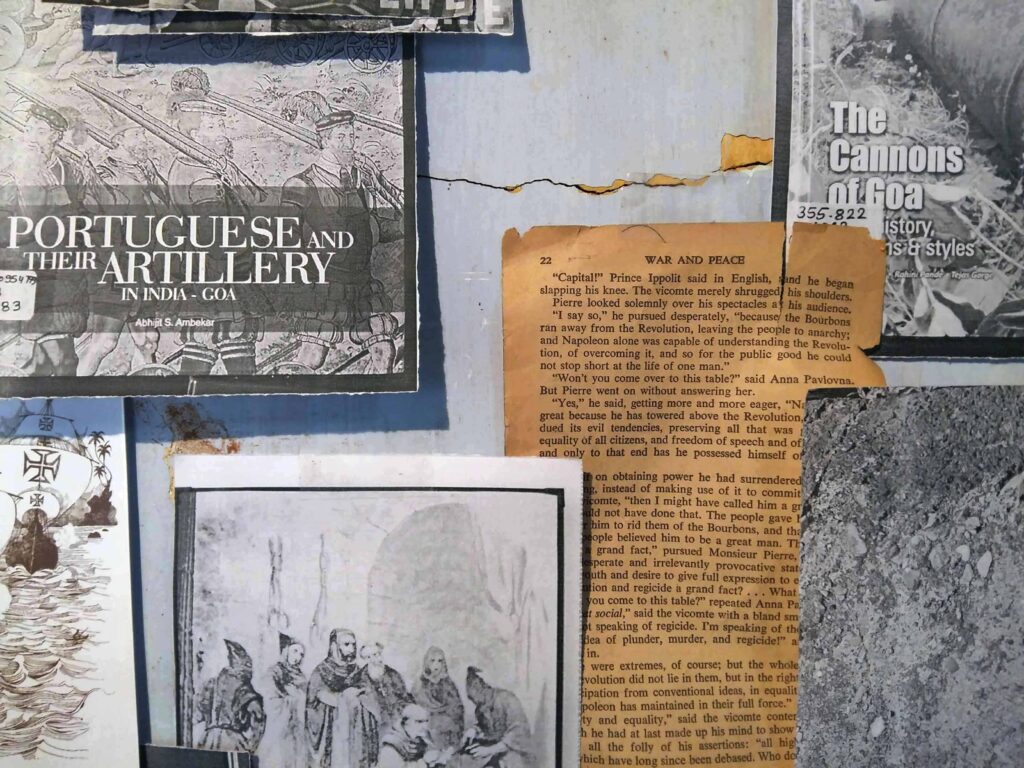
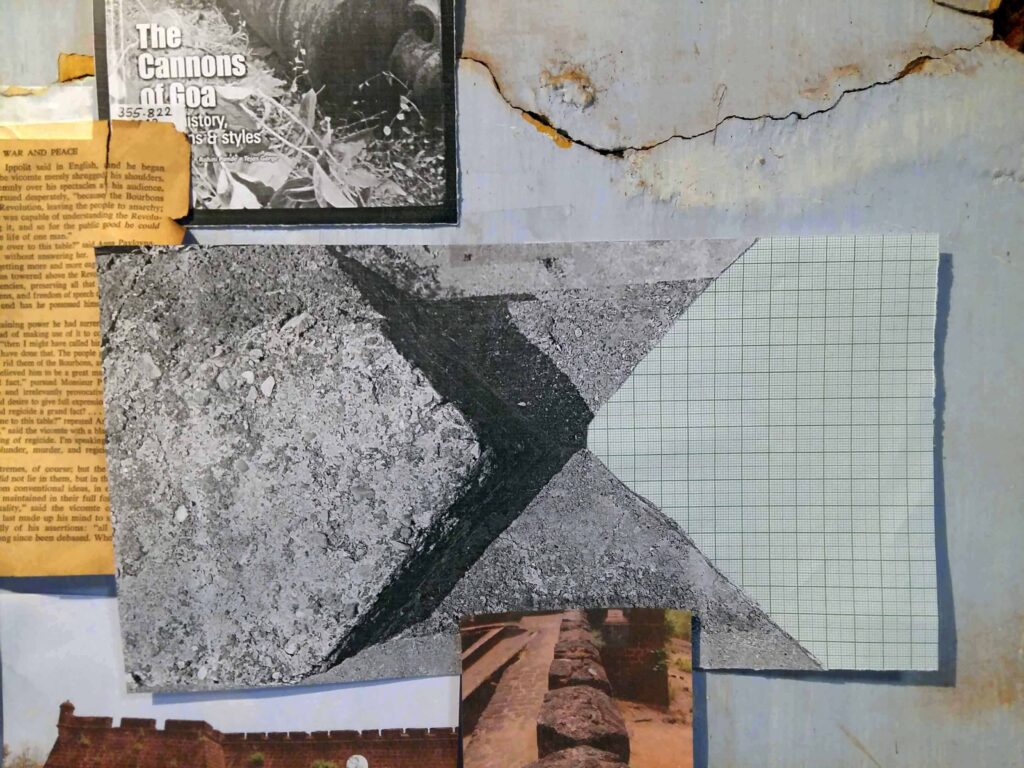
Corjuem Fort, is a site-specific installation that consists of photos, books, maps, collages, graph paper and bulbs. In 1510, Goa was ruled by the Portuguese, that’s when the governor of Portuguese India, Afonso de Albuquerque, captured the city. The Portuguese military constructed various forts and buildings, which were designed to defend their territories during warfare. The Corjuem Fort was built in 1550 and was originally the property of Bhonsle rulers of Sawantwadi. This fort was the starting point for the artist’s research about the various fortifications commissioned by the Portuguese military in Goa. The Portuguese rebuilt the Corjuem Fort in 1705 in order to boost their defences of Panaji. In the early 1800’s, the fort was used as a military school and was armed with a small battalion of four cannons which defended the town of Corjuem.
Various archives, maps, photos and books on Portuguese fortifications were found by the artist, during his research at the Goa Museum and Goa State Central Library in Panjim. Mario Miranda, a Goan cartoonist’s works specifically on the Portuguese colonisers and Maria Aurora Couto’s book, ‘Goa: A Daughter‘s Story’, 2005, both these books also became part of the research. All these findings were assembled within a section of the Old Pereira House, located in the hamlet of Primavera Wado in the village of Corjuem. Along with the collection of photos, maps and books, graph paper was layered on to an existing architectural feature of the house. This tiny wall like feature looked reminiscent of the multiple gun and cannon ports seen at Corjuem Fort, which were all used as vantage points.
In 2017, Corjuem Fort, was developed during Baptist Coelho’s workshop, supported by and at the Khoj International Workshop, Goa. In 2017, the installation was first exhibited as part of the artist’s open studios at Old Pereira House, Corjuem.